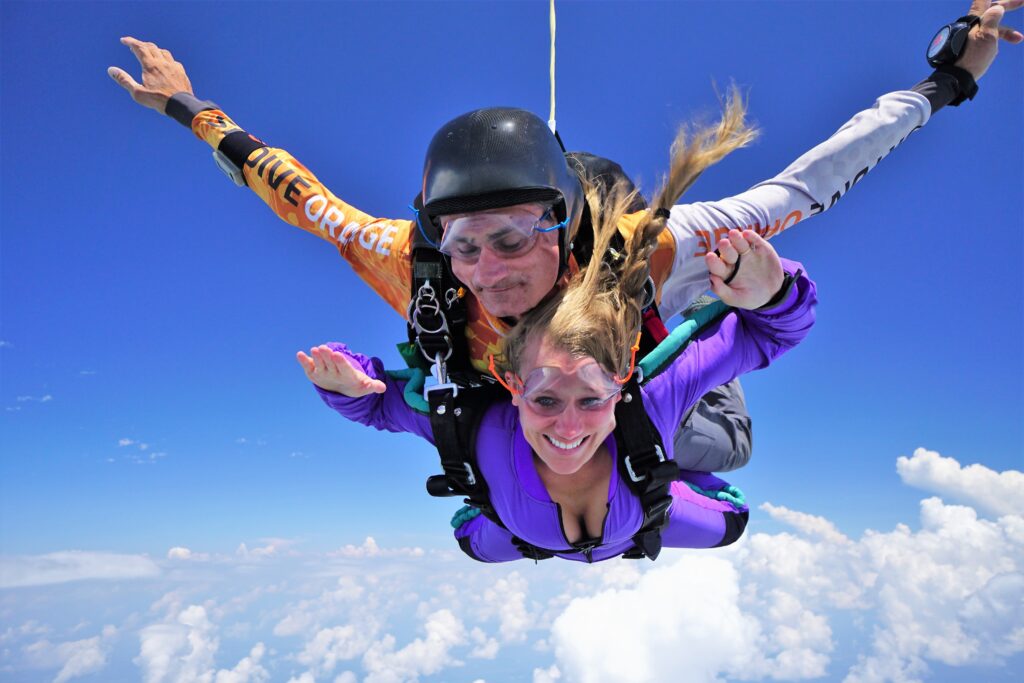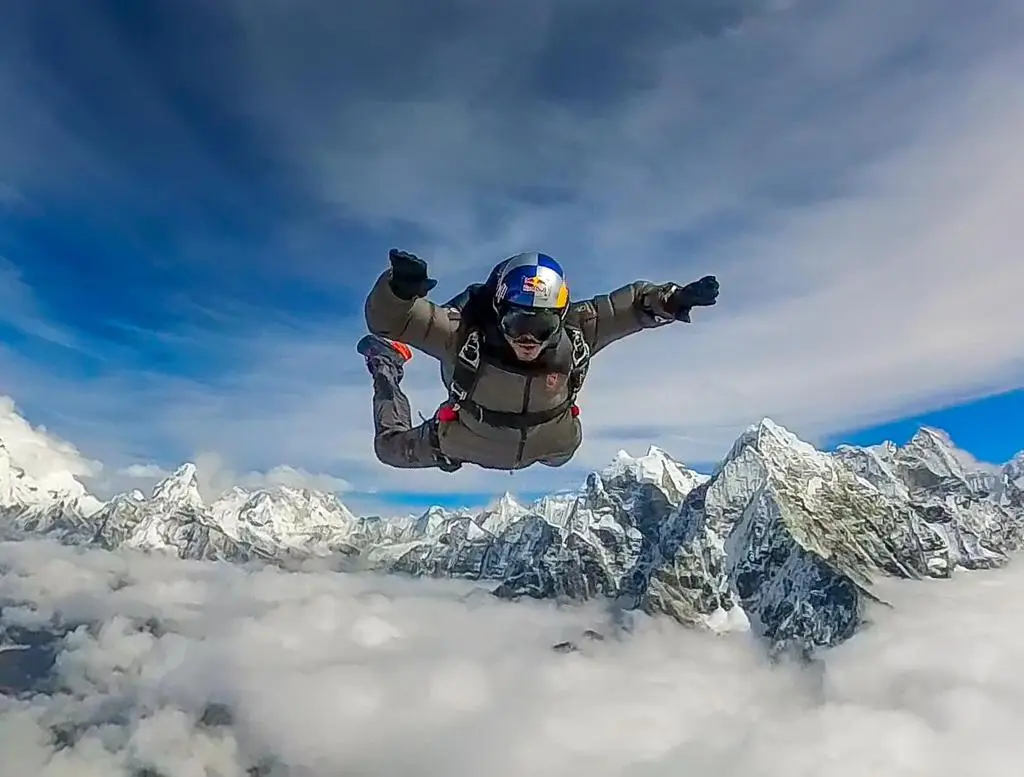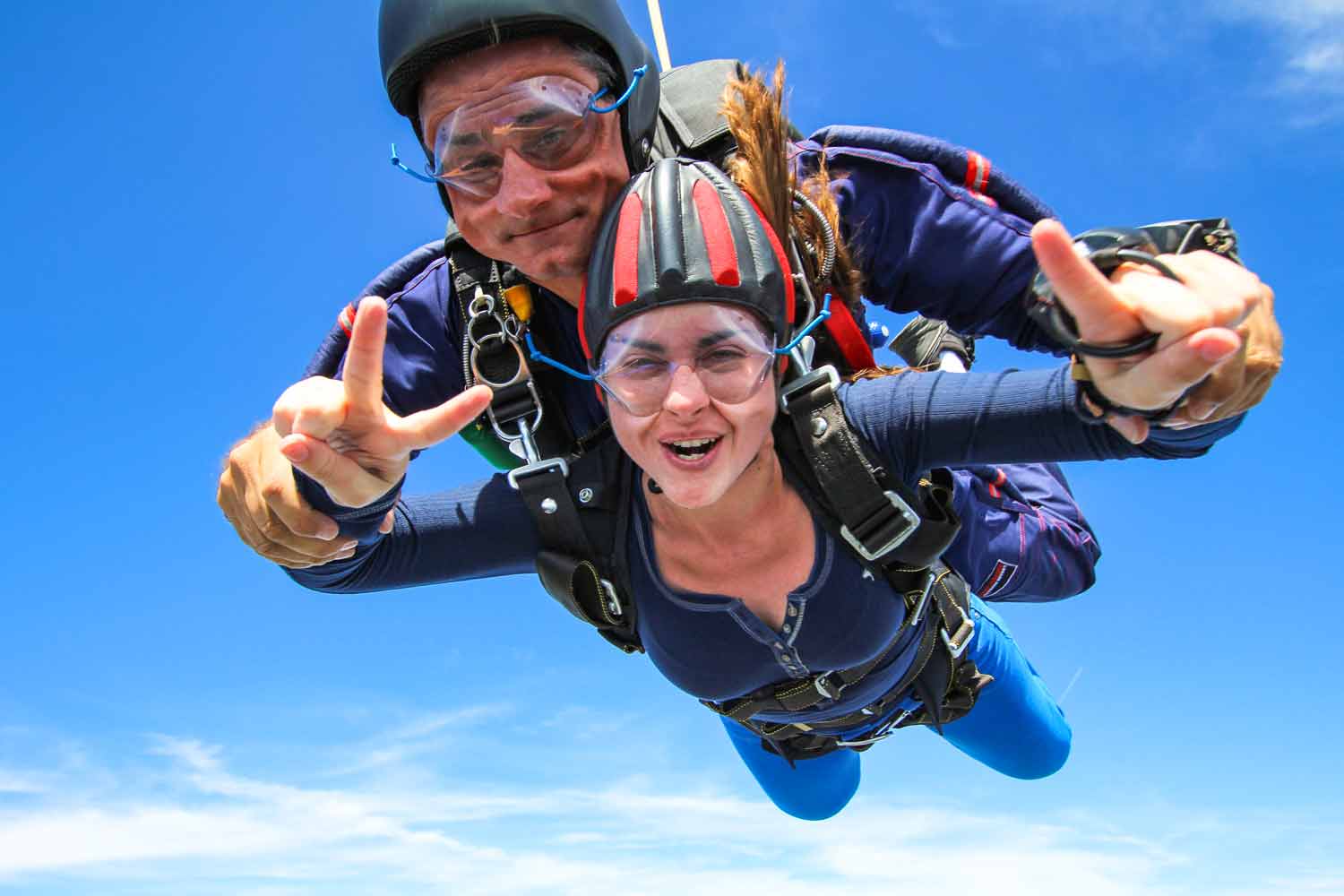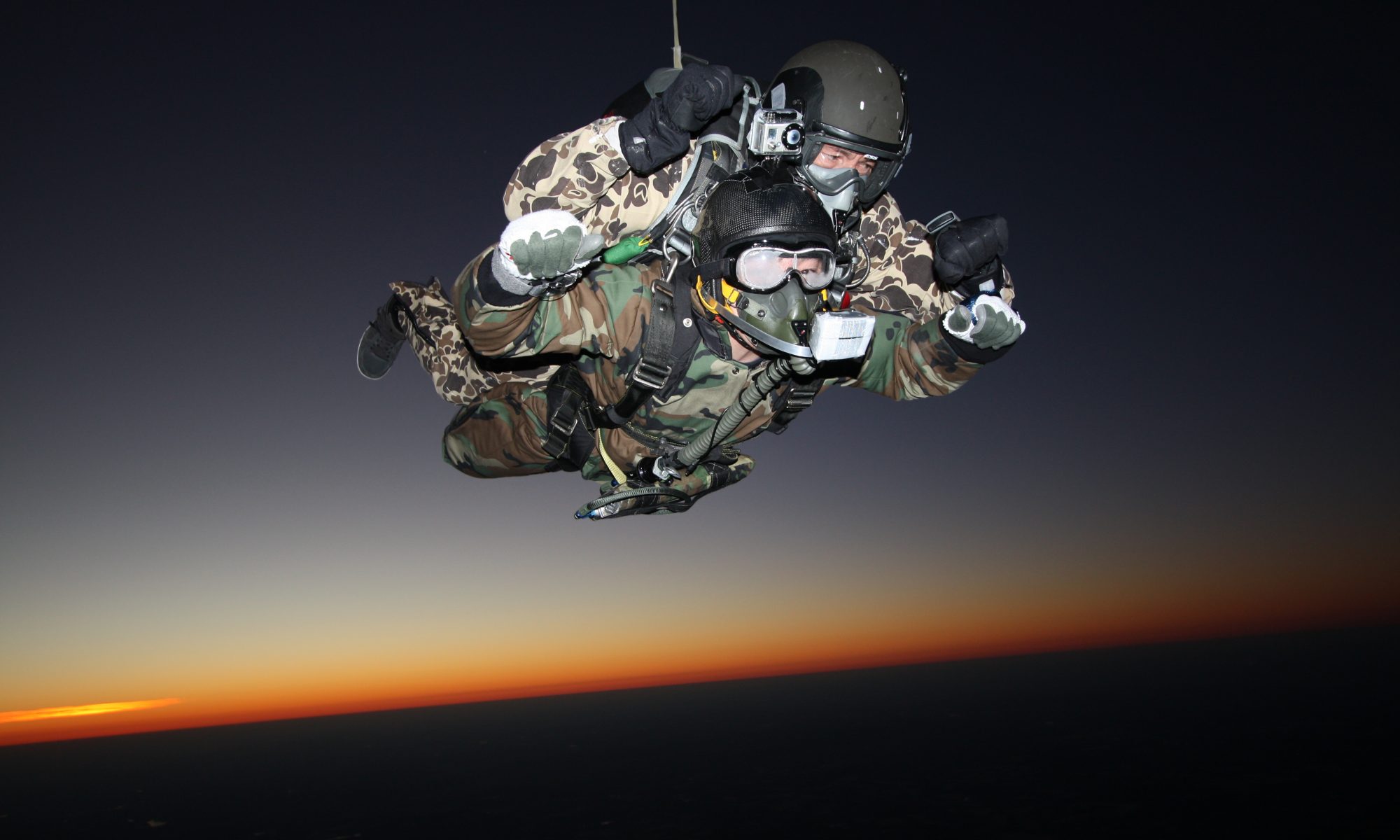High altitude parachuting is the ultimate adrenaline rush for adventure seekers, extreme sports enthusiasts, and even beginners ready to experience skydiving like never before. Whether you’re curious about HALO jumps, military techniques, or high-altitude low-opening thrills, this guide covers everything you need to know. From record-breaking jumps to practical tips for beginners, you’ll discover why high altitude parachuting is the pinnacle of skydiving experiences.
- Introduction to High Altitude Parachuting
- What is High Altitude Skydiving Called?
- Table of Contents
- HALO Jump Insights and Techniques
- HAHO vs HALO Jump – Key Differences
- What is the Highest HALO Jump?
- High Altitude Parachute Opening Techniques
- Is a 7000 ft Skydive Worth It?
- HALO Jump Price and Accessibility
- Tips for Beginners and Adventure Seekers
- FAQ Section (People Also Ask)
Introduction to High Altitude Parachuting
High altitude parachuting involves jumping from altitudes much higher than standard recreational skydives. While typical skydives range from 10,000 to 15,000 feet, high-altitude jumps often start at 20,000 feet or higher, sometimes reaching the edge of the stratosphere.
Why it appeals:
- Adventure travelers get the thrill of extended freefall.
- Military enthusiasts appreciate the tactical precision of HALO and HAHO techniques.
- Beginners can enjoy a structured, adrenaline-packed experience with proper guidance.
The combination of skill, technique, and courage makes this one of the most unique experiences in extreme sports.
What is High Altitude Skydiving Called?

Table of Contents
High altitude skydiving is often referred to as HALO (High Altitude Low Opening) or HAHO (High Altitude High Opening), depending on how the parachute is deployed.
HALO vs HAHO: Key Differences
| Feature | HALO (High Altitude Low Opening) | HAHO (High Altitude High Opening) |
|---|---|---|
| Parachute Opening | Low altitude | High altitude |
| Jump Purpose | Military stealth, thrill | Long-distance travel, navigation |
| Freefall Duration | Long, adrenaline-packed | Shorter, controlled descent |
| Popularity | Adventure and military | Military operations |
HALO jumps are often associated with elite military operations, but civilians increasingly seek them for extreme skydiving experiences. HAHO jumps, in contrast, are more strategic, allowing for long gliding distances under a deployed parachute.
HALO Jump Insights and Techniques
Military Techniques
HALO jumps were initially developed for military purposes, allowing soldiers to enter hostile territory undetected. These jumps require precise timing, altitude awareness, and specialized equipment. The thrill for civilians comes from experiencing this elite technique under safe, supervised conditions.
Key techniques include:
- Controlled freefall to low-altitude parachute deployment
- Maintaining stability in thin air at high altitudes
- Proper body positioning for extended freefall
Can you HALO jump from a helicopter?
Yes! Military and adventure HALO jumps can be executed from helicopters, though fixed-wing aircraft are more common for high-altitude jumps. Helicopter jumps are ideal for shorter freefall experiences or tactical scenarios.
How Long Does a HALO Jump Last?
The duration of a HALO jump depends on jump altitude and freefall style:
- Freefall: 45–60 seconds for standard HALO jumps from ~25,000 feet.
- Parachute descent: 2–4 minutes depending on opening altitude.
Factors like wind, body position, and parachute type can slightly alter the total jump duration. For beginners, even a 45-second freefall can feel like an eternity of pure adrenaline.
HALO Jump Lowest Opening & High Altitude Low Opening Explained
The term low-opening means the parachute is deployed at a much lower altitude than typical recreational jumps. This maximizes freefall time and thrill but requires precise training to ensure safety.
Why it matters:
- Enhances adrenaline and freefall experience
- Reduces detection in military applications
- Requires expert supervision for beginners
HAHO vs HALO Jump – Key Differences
While both jumps start at high altitudes, the difference lies in parachute deployment and flight strategy:
| Aspect | HALO | HAHO |
|---|---|---|
| Altitude of opening | Low (1,000–5,000 ft) | High (18,000+ ft) |
| Freefall length | Longer | Shorter |
| Glide distance | Minimal | Can cover 20–40+ km |
| Main use | Military, thrill | Military infiltration, precision navigation |
For civilians, HALO jumps provide more thrill, while HAHO offers a controlled descent and navigation experience.
What is the Highest HALO Jump?
The highest recorded HALO jump reached 102,800 feet by Colonel Joseph Kittinger in 1960. Modern extreme skydivers often attempt jumps between 25,000–35,000 feet, requiring oxygen masks, thermal protection, and advanced equipment.
Key considerations:
- Equipment must withstand extreme cold and low pressure
- Physical and mental preparation is critical
- Safety measures are non-negotiable
Even at lower altitudes, the experience is breathtaking and unmatched by any other adventure sport.
High Altitude Parachute Opening Techniques
High altitude parachute openings fall into two categories:
- Early Opening: Deploying the parachute shortly after exiting the aircraft.
- Low Opening (HALO): Delaying deployment to maximize freefall.
Equipment considerations:
- Automatic activation devices (AAD) for safety
- Altimeters to monitor altitude
- Specialized high-altitude parachutes
Choosing the right opening technique depends on the jump type, altitude, and desired thrill level.
Is a 7000 ft Skydive Worth It?
A 7,000 ft skydive is an excellent introduction to skydiving:
- Experience: Short freefall (~20–30 seconds) followed by a scenic parachute glide.
- Risk: Lower than high-altitude jumps due to shorter exposure to extreme conditions.
- Value: Great for first-time jumpers or those with time constraints.
While it doesn’t provide the prolonged freefall of a HALO jump, it’s a memorable and exciting experience that can serve as a stepping stone to higher altitudes.
HALO Jump Price and Accessibility
High altitude jumps are more expensive than standard skydives due to:
- Specialized aircraft and equipment
- Oxygen systems for high altitudes
- Expert instructors and safety protocols
Typical cost range:
- Civilian HALO jump: $1,000–$2,500 per jump
- Training programs for beginners: $3,000–$5,000
Planning your first jump requires research, preparation, and booking with certified dropzones.
Tips for Beginners and Adventure Seekers
To make the most of high altitude parachuting:
- Train properly: Attend introductory skydiving courses before attempting HALO jumps.
- Check equipment: Ensure all gear is certified for high-altitude use.
- Mental preparation: Practice focus and breathing techniques for calmness during freefall.
- Choose the right dropzone: Look for experienced instructors and reputable facilities.
- Stay informed: Understand weather conditions and altitude effects.
FAQ Section (People Also Ask)
Q: What is high altitude skydiving called?
A: It is typically called HALO (High Altitude Low Opening) or HAHO (High Altitude High Opening), depending on when the parachute is deployed.
Q: Can you HALO jump from a helicopter?
A: Yes, though fixed-wing aircraft are more commonly used for high-altitude jumps. Helicopter HALO jumps are possible for shorter freefalls.
Q: How long does a HALO jump last?
A: Freefall lasts about 45–60 seconds, with parachute descent taking an additional 2–4 minutes depending on altitude.
Q: What is high altitude low opening?
A: It’s a parachuting technique where the parachute is deployed at low altitude after a long freefall from high altitudes, maximizing thrill.
Q: Is a 7000 ft skydive worth it?
A: Absolutely! It’s ideal for beginners or those seeking a quick, exhilarating jump with lower risk than higher altitudes.
- Can You Skydive in the Rain? – Learn how weather affects your skydiving experience.
- Link to other skydiving guides or beginner tips on your site for extended reading.
High altitude parachuting combines skill, precision, and adrenaline in a way no other adventure sport can match. From beginner-friendly 7,000 ft jumps to extreme HALO experiences, there’s something for every thrill seeker. Whether you’re an adventure traveler, military enthusiast, or beginner looking for an unforgettable experience, high altitude parachuting offers the ultimate skydiving adventure.





